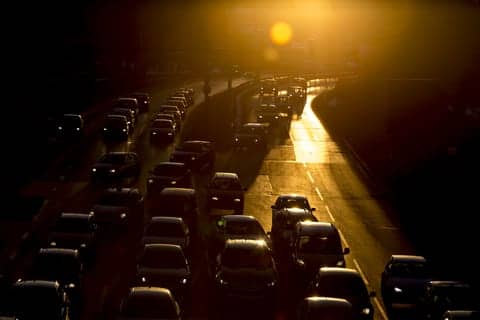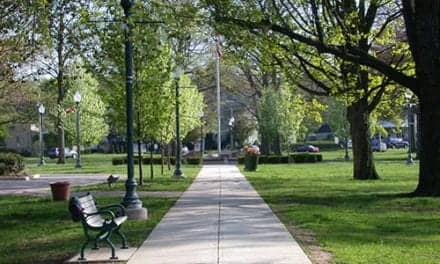Lung transplant patients in Europe who live near busy roads with high air pollution are more likely to experience chronic organ rejection or die, according to new research.
Dr David Ruttens, from the University of Leuven (Belgium) told the European Respiratory Society’s International Congress that the risk of dying increased by 10% for patients living in an area where air pollution was above World Health Organization (WHO) recommended maximum levels, compared with patients living in areas with lower levels of pollution. However, this increased risk was not seen in lung transplant patients who were taking a class of antibiotics called macrolides, which include azithromycin and clarithromycin.
WHO estimates that 3.7 million people worldwide die prematurely every year as a result of exposure to small particulate matter measuring between 2.5-10 micrometers in diameter (known as PM10). Ten micrometers is less than the width of a human hair, and PM10 particles tend to be dust particles stirred up by vehicles on roads and some grinding operations. WHO recommends PM10 particles should not exceed 20 micrograms per cubic metre in the atmosphere [1].
Dr Ruttens said: “Short and long-term exposure to air pollution has been linked to an increase in deaths from respiratory diseases, particularly among vulnerable populations. Lung transplant patients are among the most vulnerable because they have weakened immune systems due to the immunosuppressive drugs they have to take to prevent organ rejection.”










